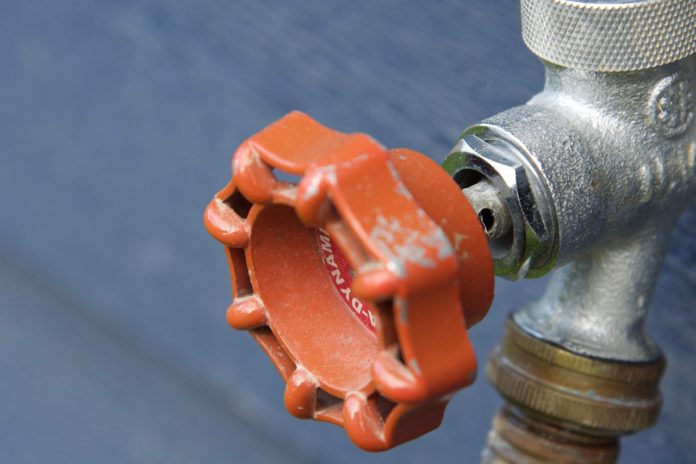You have finally settled in your new residence.
You are hanging images and pinning suggestions for your favourite tub.
However, in all of your excitement, how are you lost something? Now that you are a bonafide homeowner are there any things that you ought to be aware you don’t?
Probably so. Listed below are six errors new homeowners frequently make, and the reason why they’re seriously important to prevent.
#1 Not Knowing Where the Main Water Shutoff Valve Is
Water out of a burst or broken plumbing pipe may spew heaps of gallons in your house’s interior in a couple of minutes, soaking everything in sight — such as tiles, floors, and valuables. In reality, water damage is just one of the most frequent of home insurance claims.
Quick-twitch response is required to fend off a significant bummer. Before catastrophe hits, discover your own water shutoff valve, that is found in which a water main passes the residence. Make sure everybody knows where it is found and how to shut the valve. A bit penetrating oil onto the valve stem makes certain it is going to work if you want it to.
#2 Not Calling 811 Before Digging a Hole
Ah, spring! You are so prepared to dig to a new lawn and plant trees and build this fence. But do not — not till you have chosen 811, the federal dig-safely hotline. The hotline will speak to all of your regional utilities that will then visit your house — often in just a day — to indicate the place of underground pipes, cables, and cables.
This completely free service keeps you secure and helps prevent expensive repairs. In most nations, calling 811 is your legislation, and that means you will also avoid penalties.
#3 Not Checking the Slope of Foundation Soil
The ground around your foundation should slope away from your house at least 6 inches over 10 feet. Why? To make sure that water from rain and melting snow doesn’t soak the soil around your foundation walls, building up pressure that can cause leaks and crack your foundation, leading to mega-expensive repairs.
This kind of water damage doesn’t happen overnight — it’s accumulative — so the sooner you get after it, the better (and smarter) you’ll be. While you’re at it, make sure downspouts extend at least 5 feet away from your house.
#4 Not Knowing the Depth of Attic Insulation
This goes hand-in-hand with not knowing where your attic access is located, so let’s start there. Find the ceiling hatch, typically a square area framed with molding in a hallway or closet ceiling. Push the hatch cover straight up. Get a ladder and check out the depth of the insulation. If you can see the tops of joists, you definitely don’t have enough.
The recommended insulation for most attics is about R-38 or 10 to 14 inches deep, depending on the type of insulation you choose. BTW, is your hatch insulated, too? Use 4-inch-thick foam board glued to the top.
#5 Carelessly Drilling into Walls
Hanging shelves, closet systems, and artwork means drilling into your walls — but do you know what’s back there? Hidden inside your walls are plumbing pipes, ductwork, wires, and cables.
You can check for some stuff with a stud sensor — a $25 battery-operated tool that detects changes in density to sniff out studs, cables, and ducts.
But stud sensors aren’t foolproof. Protect yourself by drilling only 1¼ inches deep max — enough to clear drywall and plaster but not deep enough to reach most wires and pipes.
Household wiring runs horizontally from outlet to outlet about 8 inches to 2 feet from the floor, so that’s a no-drill zone. Stay clear of vertical locations above and below wall switches — wiring runs along studs to reach switches.
#6 Cutting Down a Tree
The risk isn’t worth it. Even small trees can fall awkwardly, damaging your house, property, or your neighbor’s property. In some locales, you have to obtain a permit first. Cutting down a tree is an art that’s best left to a professional tree service.








